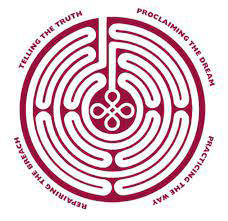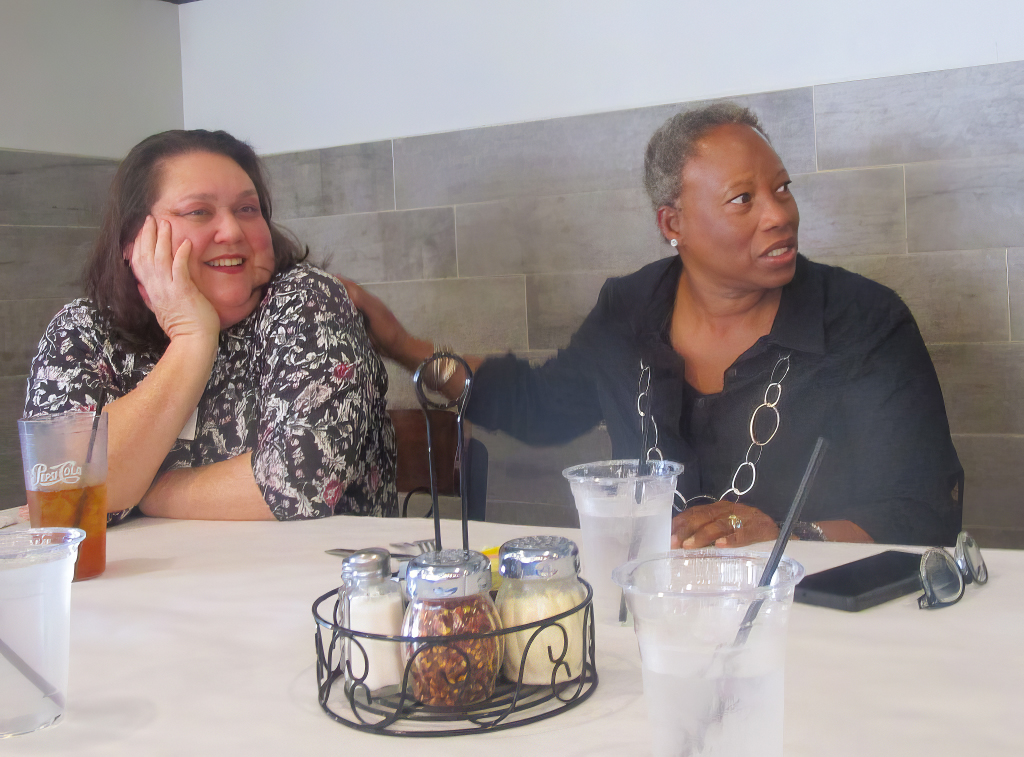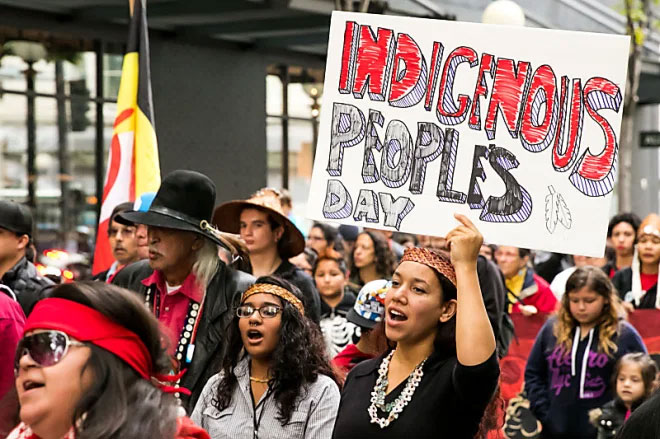The Sacred Ground group was formed in 2020 to watch and discuss Sacred Ground: A Film Based Dialogue Series on Race and Faith in 2020. The 10 week study session was created by the Episcopal Church to explore the roots of racial conflict in the United States through the effects of race and racism throughout American history.
After completing the series, the group has continued reading various books to learn more about the impact of racism in the United States. The group is currently reading How we can win: Race, History and Changing the Money Game that’s Rigged, by Kimberly Jones.
The group has also set up a Sacred Ground Scholarship, a fund available to Black and Native American students, as a way to combat the historical inequities in education caused by racism.

In 2022, two young women from Caroline County High School received scholarships to attend Germanna Community College. For the coming year, the group will be working with Germanna to help students who want to enter the various trade trainings, but do not have the downpayments to get started. The cost for getting educated for a specific trade can be anywhere from $500 to $800. Some of the programs have higher costs. The group hopes to help several students during the school year.
The group also hopes to visit the Patawomeck Museum and Cultural Center in Stafford, which has recently opened. This visit may take place in November.
Consider joining the St Peter’s Sacred Ground Group. All are welcome!





 to open in a new window
to open in a new window
